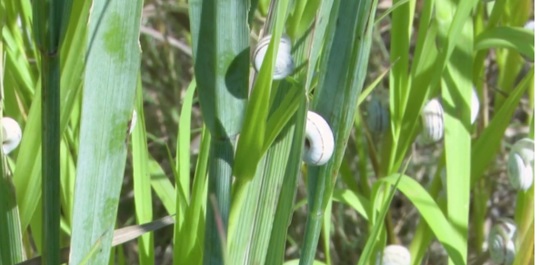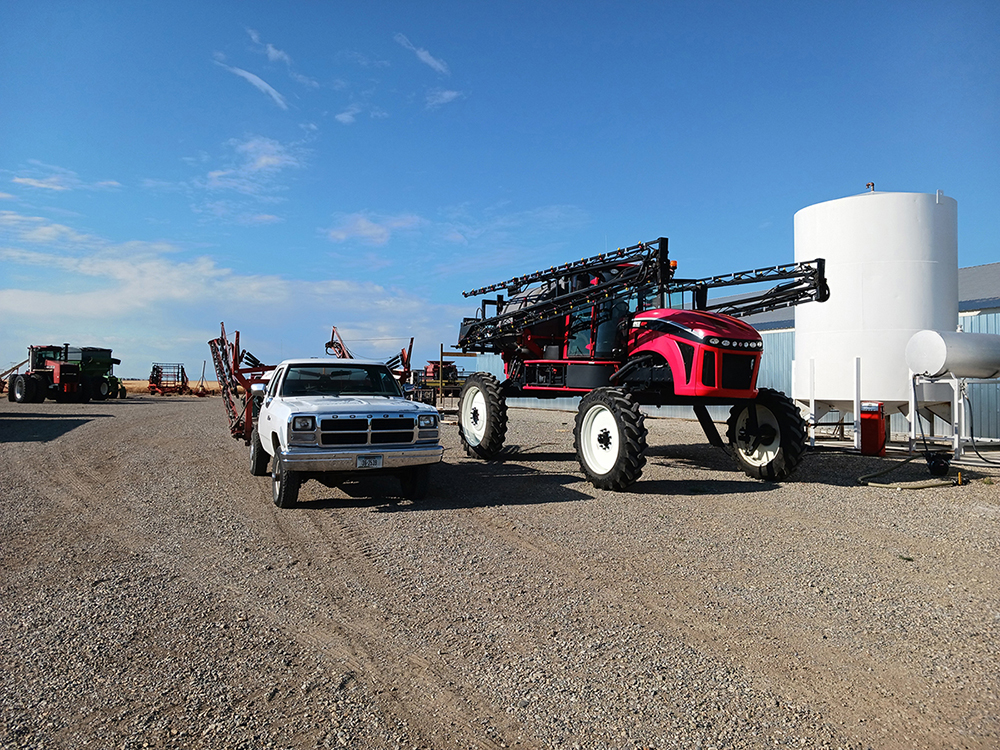Judith Basin County
2023 MSU Extension Highlights
2023 MSU Extension Highlights
Judith Basin County is located in central Montana in a fertile basin between the Highwood, Big Snowy, and Little Belt mountains, with a county population of 2,044. The principal communities are Stanford (county seat located about 65 miles east of Great Falls), Hobson and Geyser.
Judith Basin County’s economy is based on agriculture, primarily livestock, small grains and forage production. The county ranks tenth in Montana for beef cattle population, tenth in winter wheat production, fifteenth in barley production, twenty-third for spring wheat production, fourth for alfalfa hay production, and twenty-first for other hay production. Timber and mining enterprises take place on a small scale.
The MSU Central Ag Research Center is located in the county. The Judith Basin 4-H programs consist of 92 youth members and 29 volunteer leaders in three organized clubs. The county offers a variety of recreational opportunities, which include hiking, hunting, fishing, camping, snowmobiling and skiing (a major ski area is about 45 minutes from Stanford). The Judith Basin was the home of the legendary western artist Charlie Russell. Many of his paintings were scenes captured by the artist between Lewistown and Great Falls.
Stanford and nearby Utica have several museums of interest. Recreation opportunities abound in the nearby Lewis and Clark National Forest, Judith River Wildlife Management Area and Ackley Lake State Park. The Judith River Wildlife Management Area, at the edge of the Little Belt Mountains is a good place to view large elk herds in late fall and winter. Raynesford is an agriculturally rich area. The homesteading boom from 1908 to 1915 and the extension of the Great Northern Railroad played an important role in the development of this area. Moccasin also began as a homestead community. In 1908 the Montana State legislature created the Central Montana Agriculture Research Center, 3 miles east of Moccasin. The purpose of the center was to teach dry land farming techniques to the newly arrived homesteaders. Even after the homesteaders bust, the center went on to develop machinery and new crops, improving the area's wheat yields.
Agriculture & Natural Resources
Eastern Heath Snail
In late 2022 an established population of the invasive Eastern Heath Snail (EHS) was confirmed in two locations in Judith Basin County. The EHS has the potential to have a significant negative effect on local agricultural industries. It feeds on plant material, which can reduce yields and lower crop quality. As a contaminant in grain, it may cause product downgrades or be unacceptable to grain handling authorities. To raise awareness and bring this issue to the attention of residents in Judith Basin and neighboring counties, the Animal and Plant Health Inspection Service (APHIS), Montana State University, MSU Extension, Central and Eastern Montana Invasive Species Team (CEMIST), Montana Invasive Species Council (MISC), and the Montana Department of Agriculture partnered to host a meeting in April in Stanford to share information with the public. This effort was attended by over 50 members of the public and various state and local agencies. There was also a field day for agency and local government officials in Belt at a location with a high population that was featured on KRTV News, the local CBS affiliate. Much work is still to be done raising awareness and ensuring the snail does not get transported by unknowing motorists, hay and gravel haulers, and animals moving from infested areas to non-infested areas. Keeping this pest contained to where it is already established will be a key factor in protecting our ag economy in the future.

Caption: Eastern Heath Snail
Credit: Katie Hatlelid
4-H & Youth Development
4-H Snowmobile Project
When snowmobiles first became a household item in the late 1960s and early 1970s, a snowmobile project was developed in the Midwest and became a nationwide project. Sometime in the late 1980s, the project was discontinued and relegated to the archives. In the fall of 2022, Extension Agent Katie Hatlelid decided it was time to bring it back to Central Montana. With the enthusiastic help of several families in the Judith Basin and Fergus County areas, the Judith Basin 4-H Snowmobile Project was born. Twelve youth and seven adults piloted a snowmobile project based on the North American 4-H Snowmobiling curriculum raised from the University of Minnesota Extension archives. Permission was granted from UM Extension to update the curriculum, which is happening currently. For the inaugural winter, one indoor work meeting, and six outdoor riding days have taken place. The members without valid driver’s licenses were required to complete the Montana Snowmobile Safety Course online. To help defray the cost of the course, Hatlelid applied for an Innovative Programming Grant from the Montana 4-H Foundation, and $500 was awarded for this project. Outdoor winter safety, snowmobile safety, riding skills, and outdoor winter survival skills were all part of the riding days. Navigation and situational awareness were also skills practiced during the rides. Much fun was had by all who attended, and Judith Basin County is excited to share this project with the rest of the state this coming winter.

Caption: Katie Hatlelid and the kids in the snowmobile project.
Credit: Kent Ridgeway
Agriculture & Natural Resources
Pesticide Applicator Education
December 31, 2022, marked the end of the 5-year recertification cycle for Region 5, of which Judith Basin County is part. The MSU Extension Judith Basin County office held several meetings at the end of 2022 to make recertification points available. The office also held an initial training in April that had 23 attendees, 14 of whom were awarded their first-time Private Applicator license. Pest and weed control is a central focus in Judith Basin County. Many new land and homeowners have moved to the area in the last few years, and education is a key part of the county weed management plan. The office is also printing a weed watcher flyer with several common noxious weeds in our area to help people be on the lookout. Education and awareness are the most effective tools for combating the spread of noxious weeds.

Caption: Sprayers - Old and New
Credit: Katie Hatlelid
Contact
PO Box 427
Stanford, MT 59479
406-566-2277
https://www.montana.edu/extension/judithbasin
Montana State University Extension is an ADA/EO/AA Veteran’s Preference Employer and provider of educational outreach.

